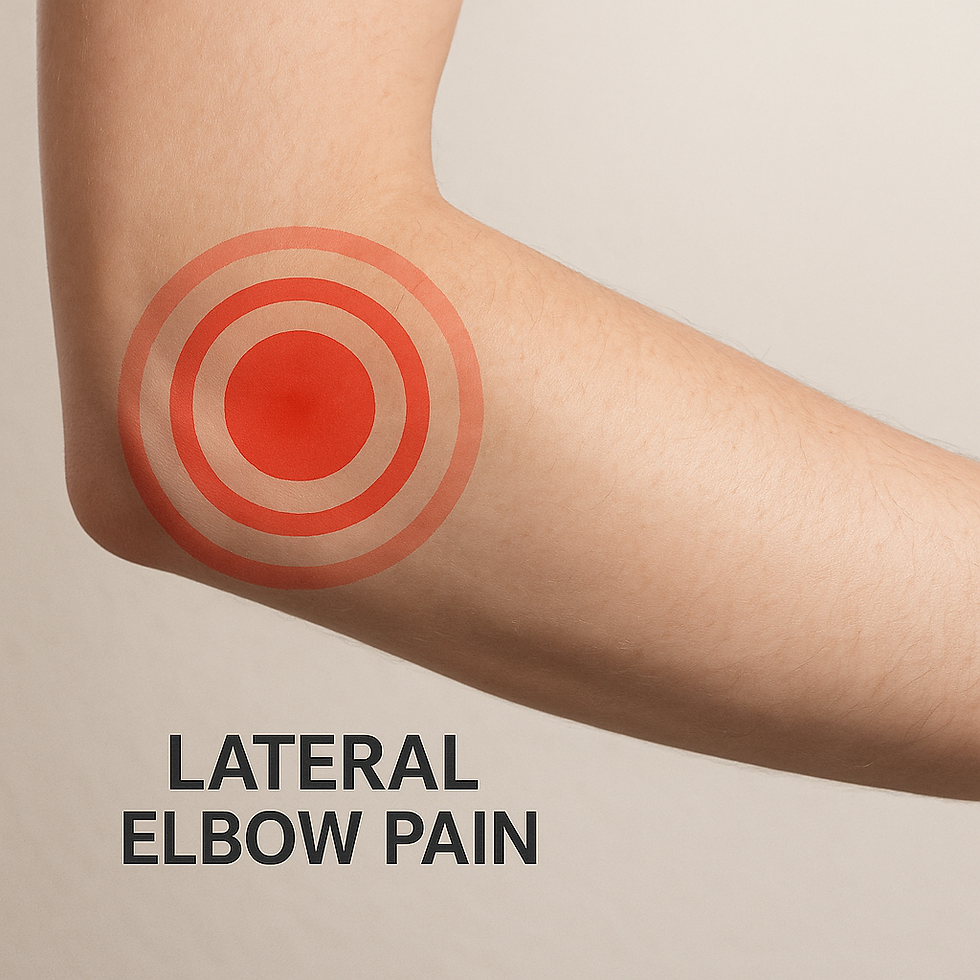Blood Flow Restriction Training and Rehabilitation
- Will

- Mar 9, 2018
- 2 min read
Maintaining skeletal muscle is an important factor in quality of life and overall health. Disuse, injury and immobilization all contribute to rapid and progressive atrophy of skeletal muscle which results in a reduced capacity for exercise, diminished immune response and a decreased insulin sensitivity. The American College of Sports Medicine (ACSM) recommends high intensity resistance exercises with loads equivalent to 45-60% 1 repetition max (1RM) in untrained individuals and 80-85% 1RM in trained athletes to create appreciable changes in both muscle mass and strength. However, loads of this magnitude can be extremely challenging or contraindicated for specific individuals, such as the elderly or rehabilitating/recovering athletes.

Blood Flow Restriction (BFR) Training or Occlusion training utilizes an FDA-approved, surgical grade tourniquet to a limb while exercising. Current evidence has shown that this type of training enables considerable improvements in strength, hypertrophy and endurance while utilizing loads significantly lower than the recommended amount (20-50% of 1RM). Low load training benefits athletes recovering from acute injury, orthopedic surgery or who are generally detrained/deconditioned. The athlete who is recovering from a long training cycle can benefit from this type of training as well. Progressed strength can be achieved or at least maintained while reducing loads on affected tissues; muscular, connective and bony.
A typical training session consists of 4-6 exercises and can range anywhere from 15-30 minutes per extremity. The exercises chosen are not complex initially. The rep scheme varies based on the complexity of exercises chosen and there is a mandatory rest period of 30 seconds after each set and 60 seconds after the completion of each exercise.

A general protocol is as follows:
Straight Leg Raise 30:15:15:15
Seated Knee Extension 30:15:15:15
Glute Bridges 30:15:15:15
Side Lying Hip Abduction 30:15:15:15
Standing Hamstring Curls 30:15:15:15
Calf Raises 30:15:15:15
POINTS TO CONSIDER
1. BFR training remains one of the most debated methods of training in the fitness and medical communities due to it's ability to create marked improvements in strength, hypertrophy and endurance.
2. While used primarily as a post-operative or rehabilitative tool, BFR training can be a strong compliment to athletes participating in body building, endurance and high intensity training. Strength and aerobic capacity can be improved utilizing light weights and low intensity.
3. While use of a wrap or elastic band and utilizing a Perceived Wrap Tightness (PWT) is a cheap alternative to gauge a level of therapeutic occlusion, the research being performed and validated is utilizing an FDA-approved device with a built in Doppler to measure and maintain the same level of occlusion indicated in the literature.
Before you go and start tying off limbs, consult with and train with a clinician certified in Blood Flow Restriction who utilizes the methodology and devices supported by the evidence.




Comments